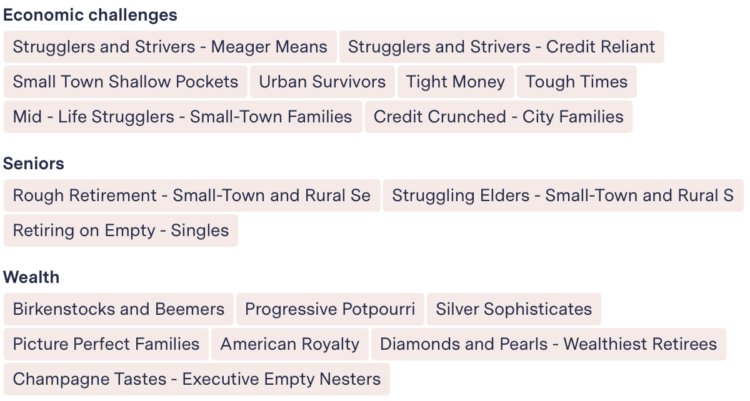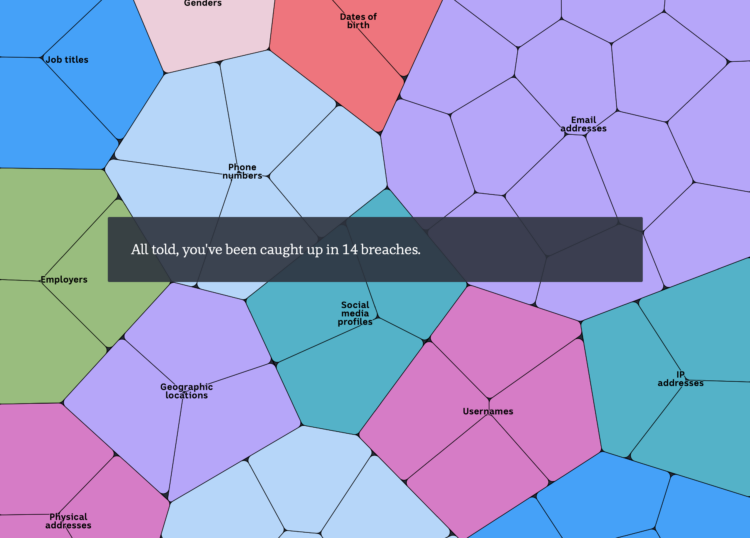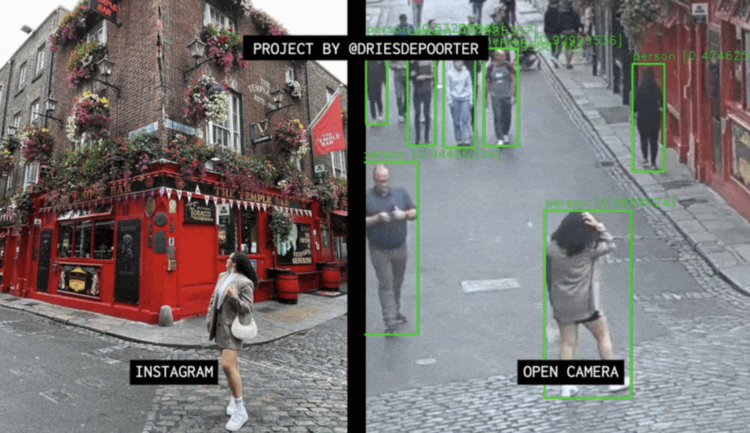In an effort to find a suspect in a 1990 murder, there was a police request in 2017 to use a 3-D rendering of a face based on DNA. For Wired, Dhruv Mehrotra reports:
The detective’s request to run a DNA-generated estimation of a suspect’s face through facial recognition tech has not previously been reported. Found in a trove of hacked police records published by the transparency collective Distributed Denial of Secrets, it appears to be the first known instance of a police department attempting to use facial recognition on a face algorithmically generated from crime-scene DNA.
This seems like a natural progression, but it should be easy to see how the pairing of the tech could cause all sorts of issues when someone’s face is poorly constructed and then misclassified with facial recognition. What’s the confidence interval equivalent for a face?
Tags: crime, DNA, ethics, facial recognition, privacy, Wired



